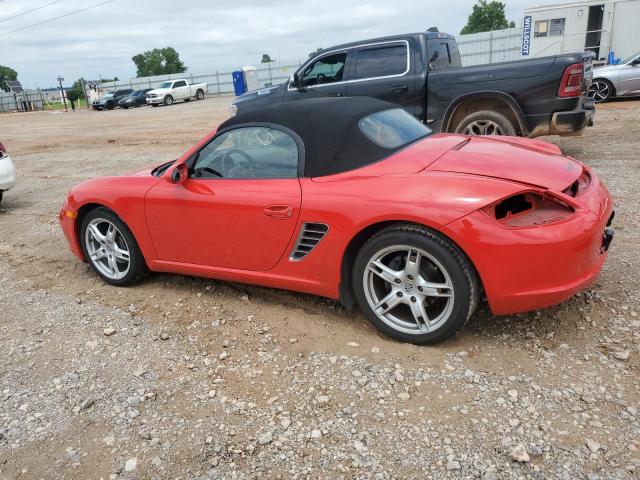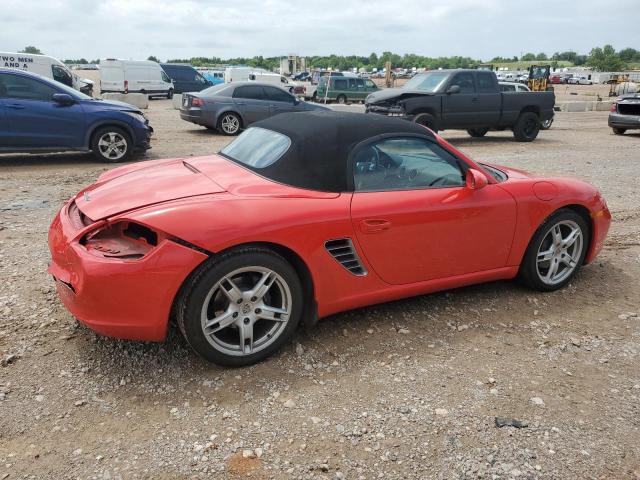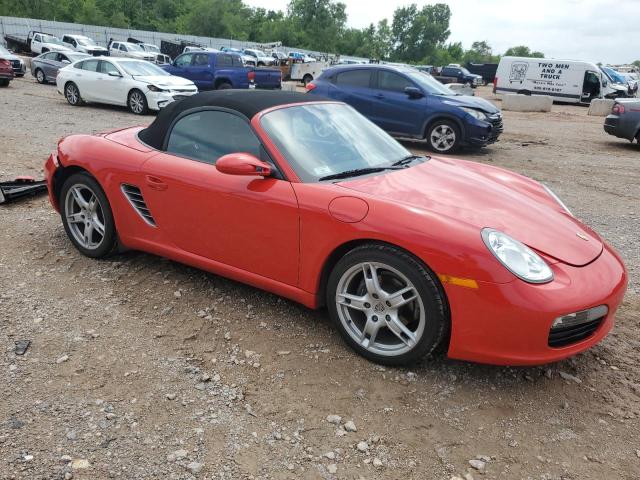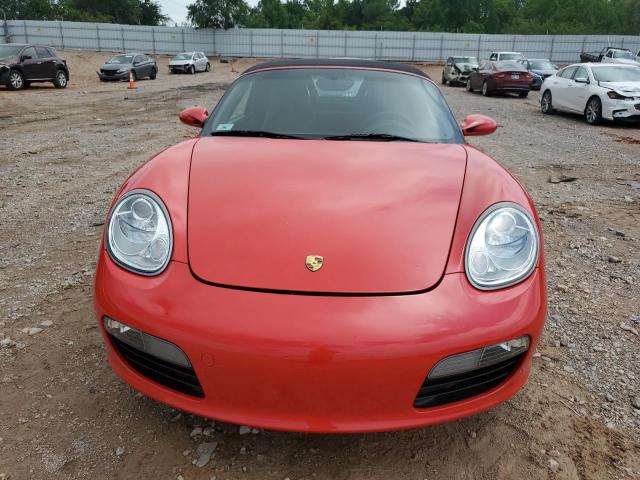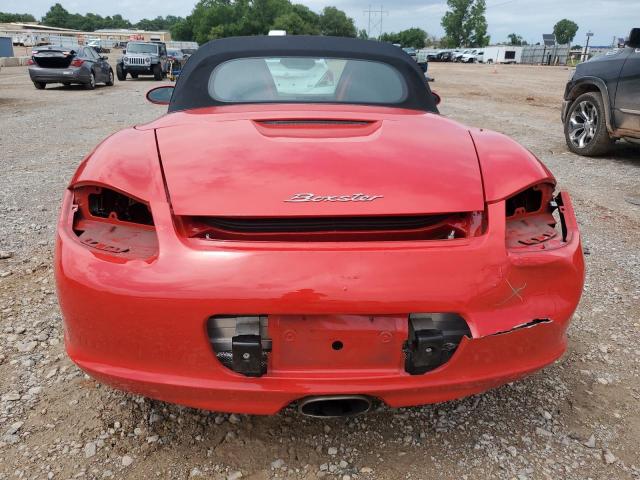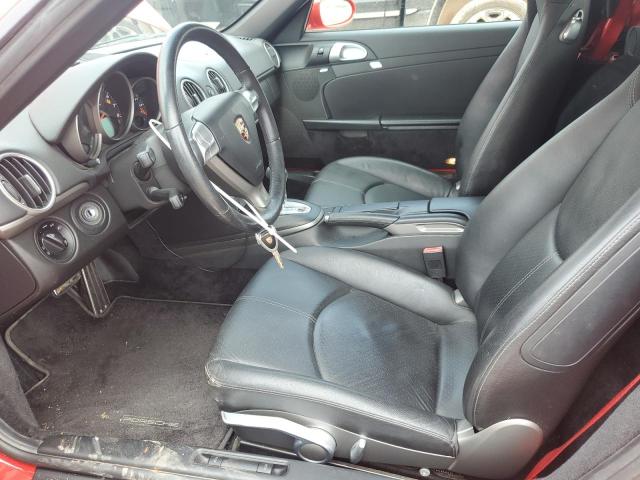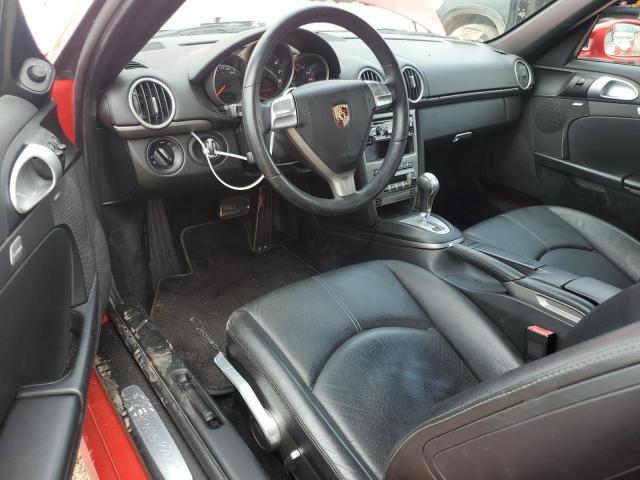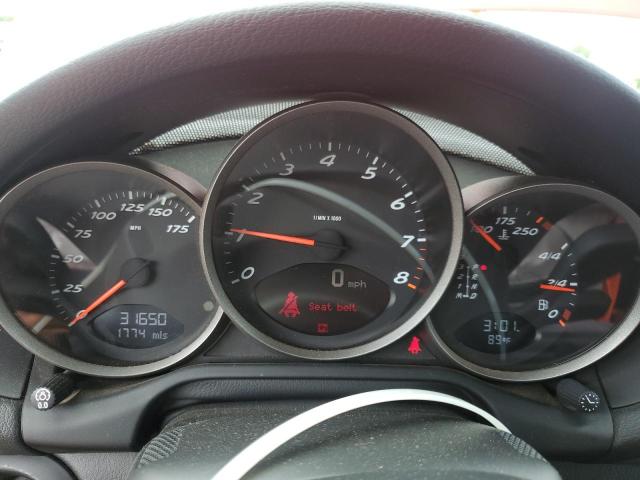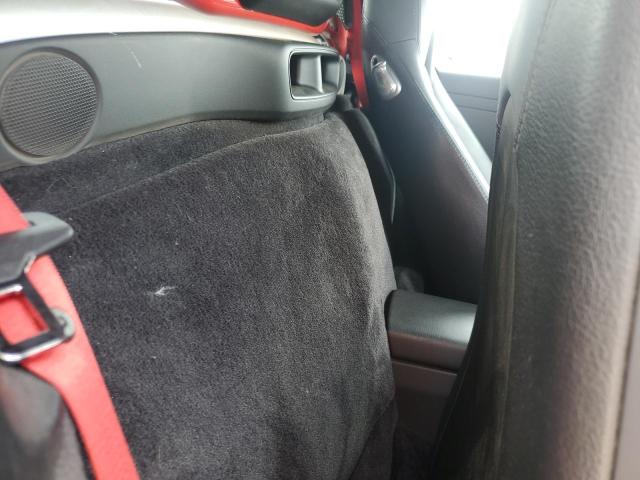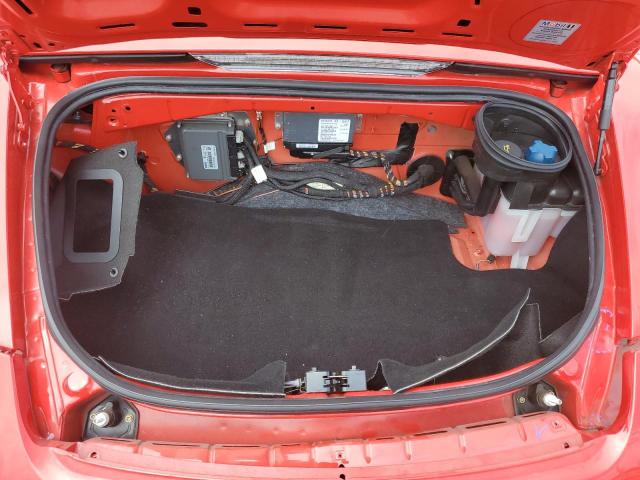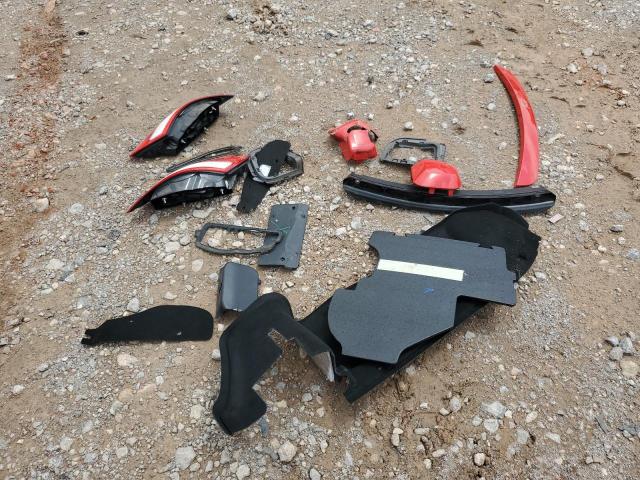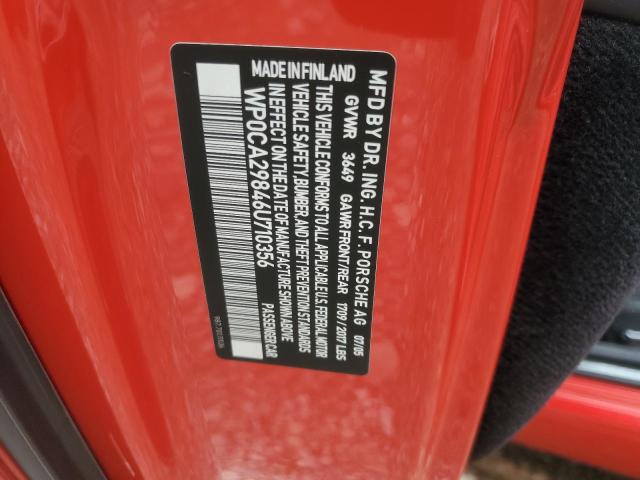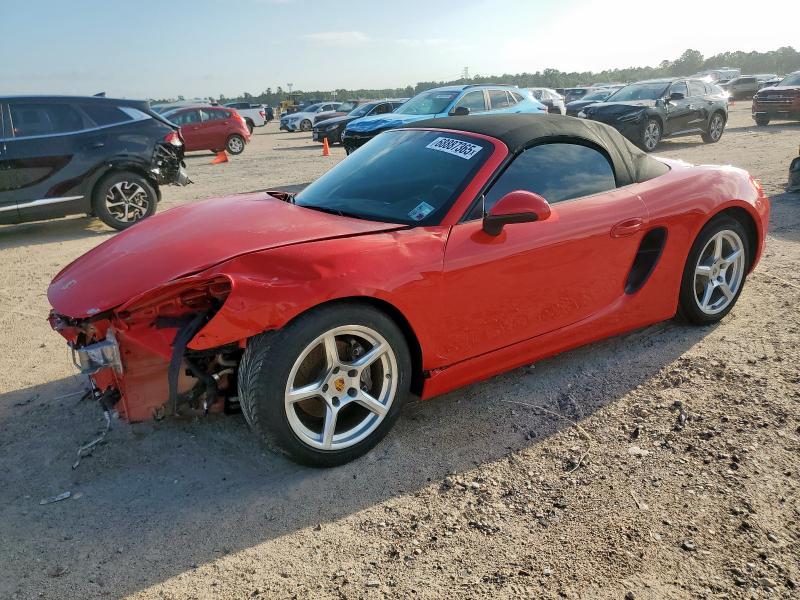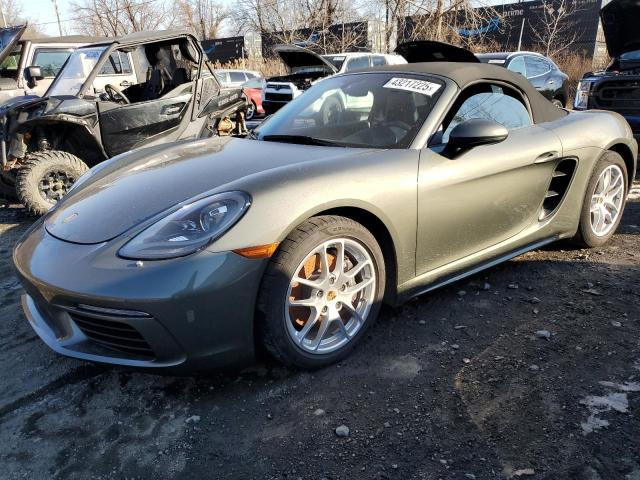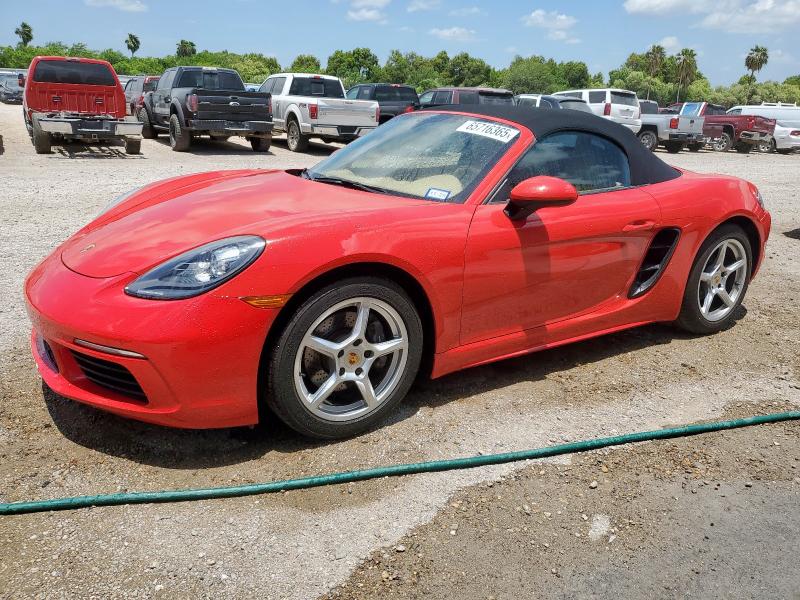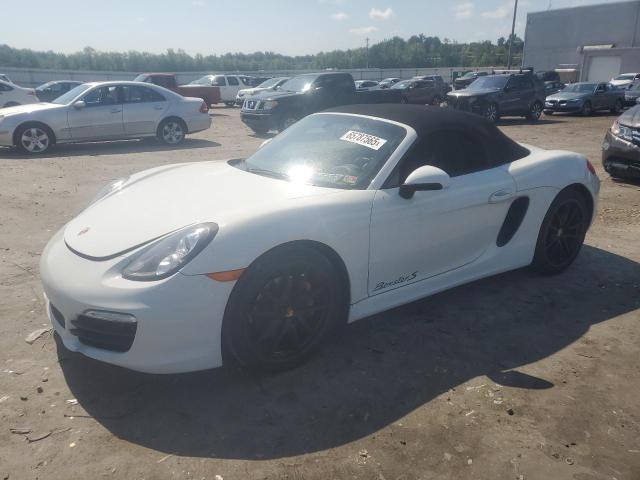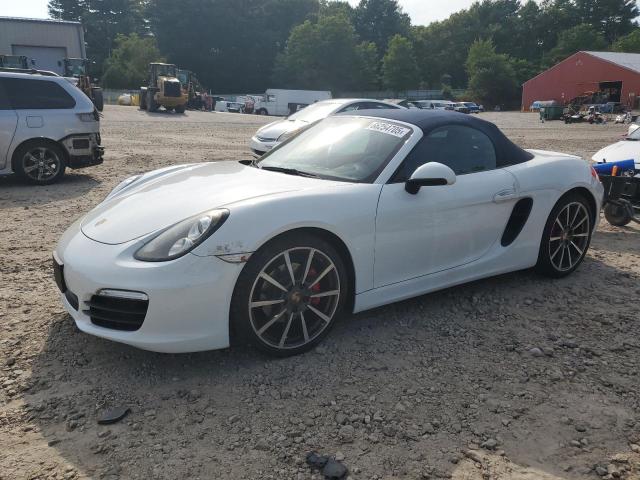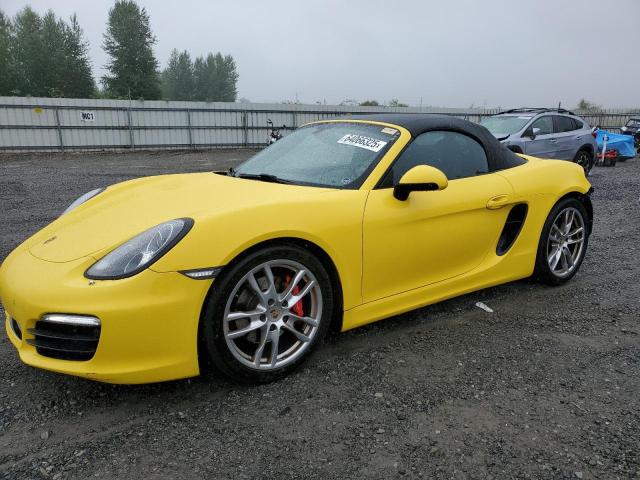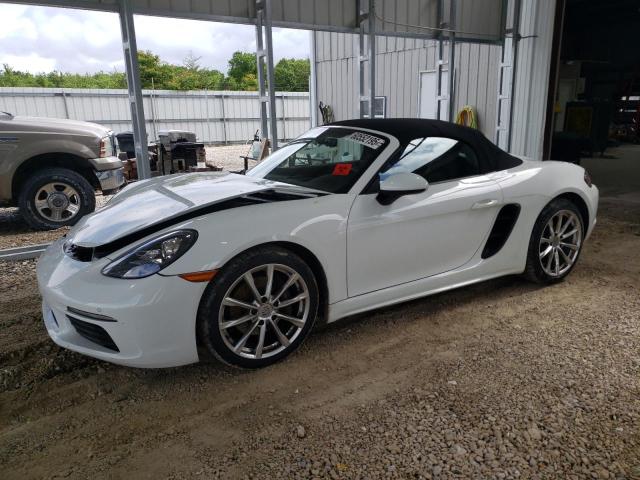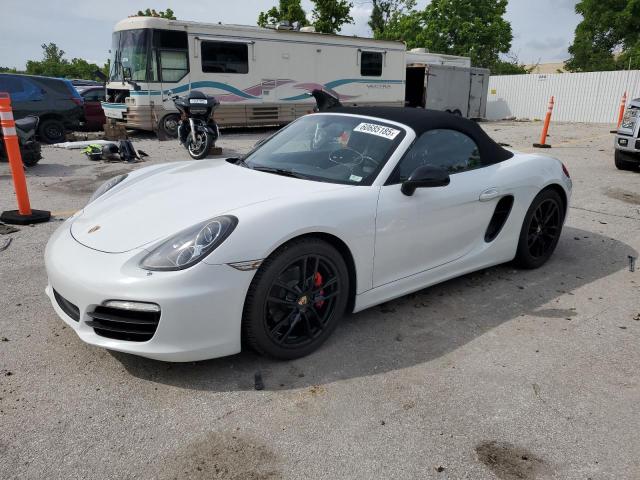2006 PORSCHE BOXSTER | WP0CA29846U710356
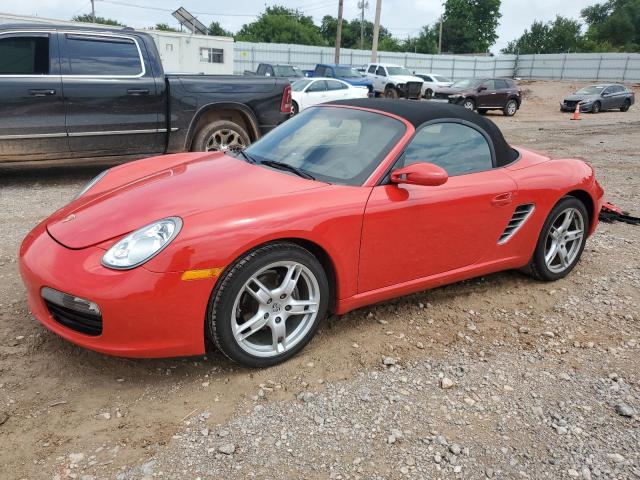 ❯
❯Lot details
- Sale Date2025-07-17
- Lot Number61652305
- ACV18000 $
- Sale documentOK - CERTIFICATE OF TITLE
- LocationOK - OKLAHOMA CITY
- Odometer31,650 miles (50,936 km)
- Primary DamageREAR END
Vehicle specifications
4
~$65,000
Engine: 3.4L naturally aspirated flat-six
Torque: 370 Nm
0–100 km/h: ~4.8 s
The 987-generation Porsche Boxster reached its performance peak with the 2011 Boxster Spyder, featuring a lightweight construction, minimalist philosophy, and a naturally aspirated 3.4L flat-six engine. With 320 hp and 370 Nm of torque, it sprinted from 0–100 km/h in just 4.8 seconds when equipped with the PDK transmission and Sport Chrono package, placing it firmly among the most agile open-top sports cars of its era.
Beyond straight-line acceleration, the Boxster 987 offered exquisite chassis balance due to its mid-engine layout. With a 50:50 weight distribution, communicative steering, and precise suspension geometry, it danced through corners with a confidence unmatched in its price range. The Spyder took this dynamic purity to the next level by shaving 80 kg through the use of a lightweight canvas top, aluminum doors, and reduced sound insulation—resulting in an even sharper and more visceral driving experience.
What made the Boxster 987 special wasn’t just numbers. It delivered a raw, analog driving thrill at relatively accessible speeds. Unlike its bigger brother, the 911, the Boxster was more forgiving and more playful, yet still retained Porsche’s engineering precision. It offered top-down excitement, naturally aspirated throttle response, and a flat-six soundtrack that became iconic for an entire generation of enthusiasts.
Final Bid Porsche Boxster (2006)
$10,300
$10,300
$10,300
Body Styles
The Porsche Boxster 987 was offered exclusively as a 2-door roadster with a fully electric soft-top convertible roof. Its proportions emphasized low height, short overhangs, and a mid-mounted engine architecture that defined its purposeful shape. The wide stance, muscular rear haunches, and sculpted side air intakes contributed to both aesthetics and function. Compared to its predecessor (986), the 987 introduced more mature, rounded styling cues and higher-quality materials. The Spyder variant adopted a lighter, manually operated soft top and a distinctive rear deck with twin speed humps for a race-inspired silhouette.
Model Name Meaning (Manufacturer)
“Boxster” is a portmanteau of “boxer” (referring to the horizontally opposed engine layout) and “roadster” (a two-seat convertible). Porsche introduced the name to emphasize the technical heart of the car while reinforcing its open-top character.
Model Name Meaning (Languages)
The name “Boxster” has no direct linguistic meaning but resonates phonetically with energy and agility. Its composition communicates mechanical design and driving form, making it both functional and catchy across languages.
Body & Interior Colors and Rims
Exterior colors for the Boxster 987 ranged from timeless Porsche hues such as Arctic Silver, Basalt Black, and Guards Red to more exclusive shades like GT Silver Metallic, Speed Yellow, and Ruby Red. The Spyder added Carrara White and Platinum Silver to the palette, with lightweight touches like black mirror caps and decals accentuating its stripped-down personality.
Inside, the cabin featured high-grade materials, with leather-trimmed sport seats in Black, Sand Beige, Terracotta, or Carrera Red. Optional full leather packages included stitched dashboards and door panels, while the Spyder featured Alcantara seat centers and red seat belts as part of its weight-saving ethos. Contrast stitching, carbon trim, and painted console elements were offered through Porsche’s Individual program.
Wheels ranged from 17-inch 5-spoke designs on base models to lightweight 19-inch forged alloys on the Spyder and Boxster S. Styles included Carrera Classic, Lobster Claw, and Boxster Spyder wheels, with finishes in silver, titanium grey, or gloss black, often paired with red or yellow calipers depending on the brake setup.
Top Expensive Options
- Porsche Ceramic Composite Brakes (PCCB): $8,150
- Sport Chrono Package Plus: $1,320
- Adaptive Sport Seats with Memory: $2,695
- Bose Surround Sound System: $1,665
- Bi-Xenon Headlamp Package with Dynamic Lighting: $1,090
- Full Leather Interior Upgrade: $3,280
- PDK Dual-Clutch Transmission: $3,420
- PASM Active Suspension Management: $1,990
- Porsche Communication Management (PCM) with Navigation: $3,110
- Painted Interior Package (Color-Matched): $2,370
vs Competitors
The Boxster 987 competed against the BMW Z4, Mercedes-Benz SLK, Audi TT, and at times the base Corvette C6. It offered less raw power than some rivals but compensated with a superior mid-engine layout, steering feedback, and chassis dynamics. While the Z4 emphasized comfort and the SLK focused on retractable hardtop luxury, the Boxster retained Porsche’s motorsport DNA. Compared to the Audi TT, it was more precise and involving. Even when cross-shopped with higher-powered cars like the Nissan 370Z or Lotus Elise, the Boxster offered a rare combination of usability and pure driver engagement.
Fun Fact
The Boxster Spyder was the lightest production Porsche since the iconic 550 Spyder from the 1950s. Weighing just under 1,280 kg, it famously lacked door handles, a radio, and air conditioning as standard to keep weight down. These could be optioned back in—but doing so went against the car’s purist philosophy, making it a modern-day spiritual successor to Porsche’s lightweight racing roadsters.



